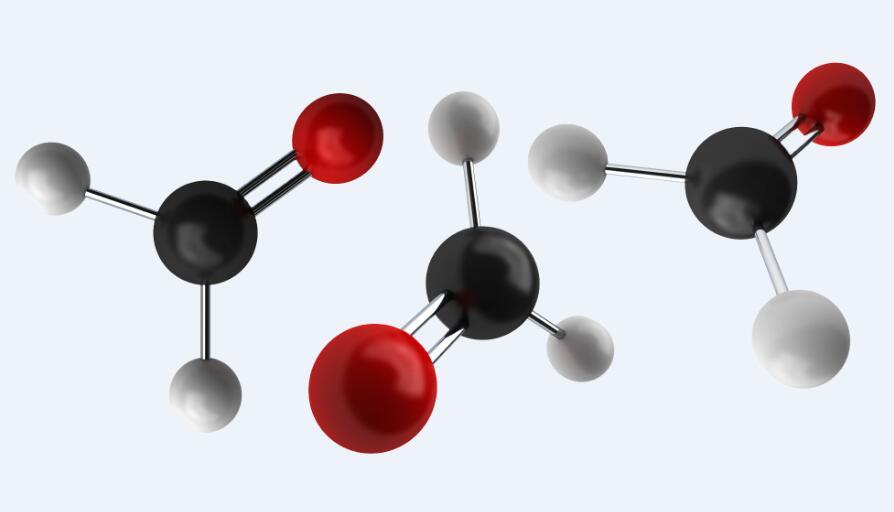Mankind has used natural polymeric materialssuch as wood, leather and wool since the beginning of history, but synthetic polymers became possible only after the development of rubber technology in the 1800s. The rst synthetic polymer material, celluloid, was invented by John Wesley Hyatt in 1869, from cellulose nitrate and camphor. A major breakthrough in synthetic polymers was the invention of Bakelite by Leo Hendrik Baekeland in 1907. Hermann Staudinger’s work in the 1920s clearly demonstratedthe macromolecular nature of long chains of repeating units.1 The word ‘polymer’ comes from Greek, and it means ‘many parts’. The rapid growth of the polymer industry started shortly before the Second World War, with the development of acrylic polymers, polystyrene, nylon, polyurethanes and the subsequent introduction of polyethylene, polyethylene terephthalate, polypropylene and other polymers in the 1940s and 1950s. While only about 1 million tons were produced in 1945, the production of plastics in volume surpassed that of steel in 1981, and the gap has been continuously growing ever since.

Thermoplastics are usually processed in the molten state. Molten polymers have very high viscosity values and exhibit shear thinning behaviour. As the rate of shearing increases, the viscosity decreases, owing to alignments and disentanglements of the long molecular chains. The viscosity also decreases with increasing temperature. In addition to the viscous behaviour, molten polymers exhibit elasticity. Elasticity is responsible for a number of unusual rheological phen- omena.1 ,5 – 7 These include stress relaxation and normalstress differences. Slow stress relaxation is responsible for frozen in stresses in injection moulded and extruded products. The normal stress differences are responsible for some ow instabilities during processing and also extrudate swelling, i.e. the signi cant increase in cross-sectional area when a molten material is extruded out of a die.
The most important polymer processing operations are extrusion and injection moulding. Extrusion is material intensive and injection moulding is labour intensive. Both these processes involve the following sequence of steps: (a) heating and melting the polymer, (b) pumping the polymer to the shaping unit, (c) forming the melt into the required shape and dimensions and (d) cooling and solidi cation. Other processing methodsinclude calendering,blow moulding, thermoforming, compression moulding and rotational moulding. There are more than 30 000 grades of polymers processed by these methods. The suitability of a material for a particular process is usually decided on the basis of the melt ow index (MFI, also called melt ow rate or MFR). This is an inverse measure of viscosity based on a rather crude test involving the extrusion of a polymer through a die of standard dimensions under the action of a prescribed weight.8 The MFI is the number of grams of polymer collected from the test apparatus in 10 min. Low MFI values mean high viscosity and high molecular weight, and high MFI values indicate the opposite. The following is the usual MFI range for some processes: extrusion 0 .01 – 10, injection moulding 1 – 100, blow moulding 0 .01 – 1, rotational moulding 1.5 – 20.
Post time: Jan-14-2018

